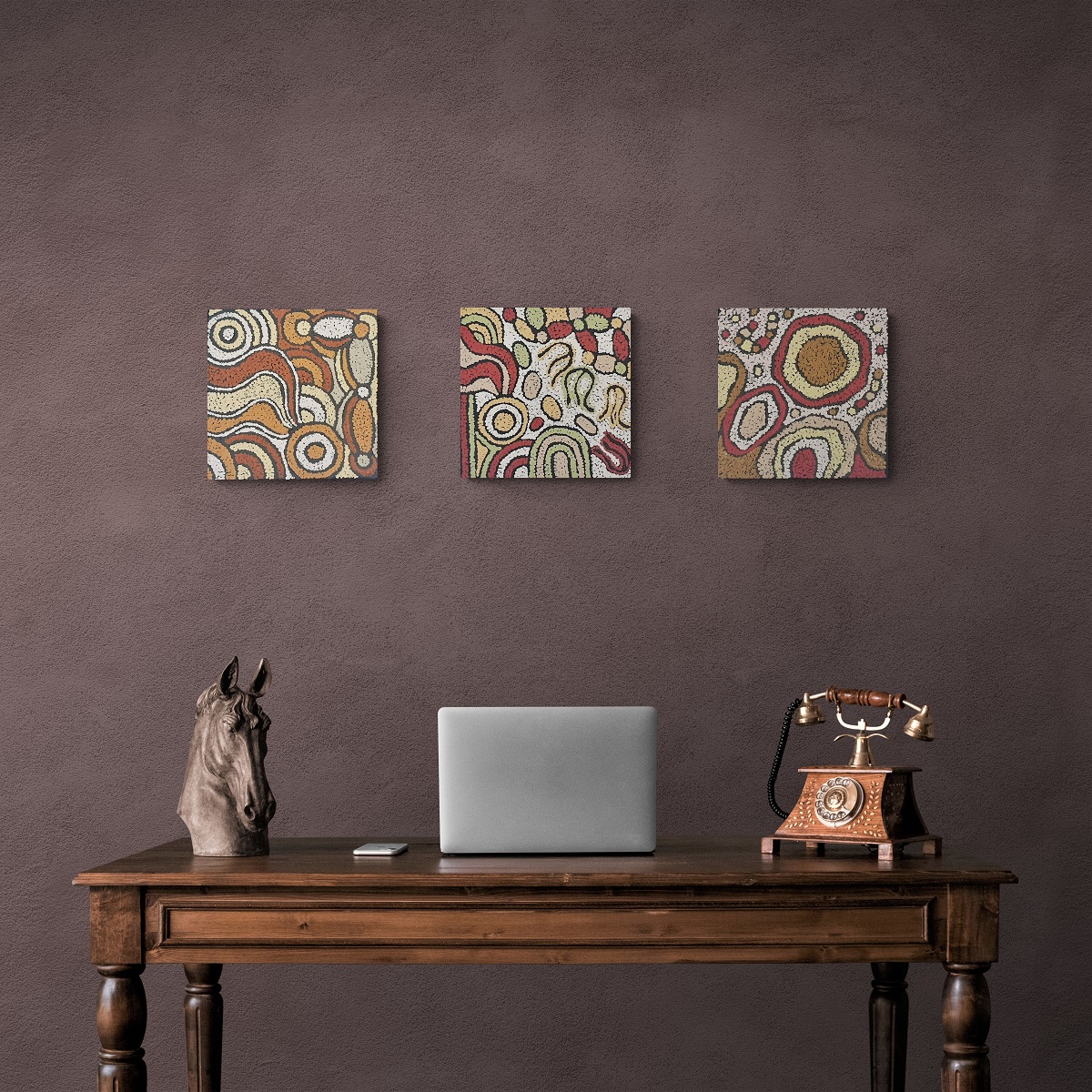
Australian Aboriginal Art
Australian Aboriginal people have no written language of their own, and so the important stories central to the people’s culture are based on the traditional icons (symbols) and information in the artwork, which go hand in hand with recounted stories, dance or song, helping to pass on vital information and preserve their culture. Although it may be tempting to compare aboriginal art to a Western art movement, its origins are usually coming from a completely different visual language.
The symbols can also be used for teaching purposes, catering to both children and adults. Depending on the audience, each piece of iconography will differ in meaning, but the essence of the story will be the same.
To understand Aboriginal art you first have to understand its symbolism, iconography and meticulous rules.
For example: a much seen symbol in Aboriginal art is the U-shape, which means person. Where did this symbol comes from? Well when a person sits in the sand and then stands up, they leave a U-shape mark. It’s often used in the desert Art.
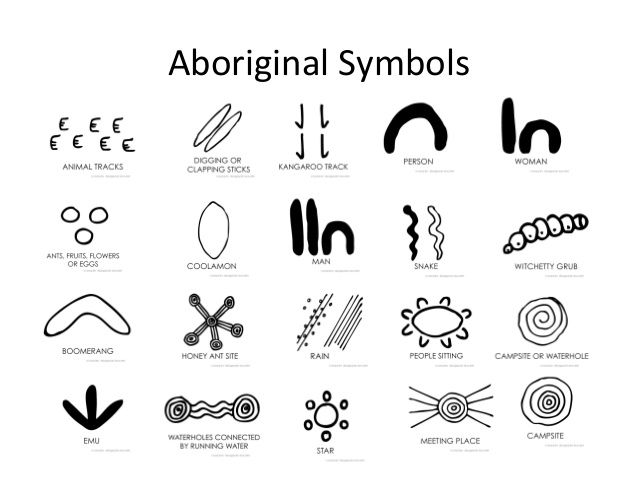
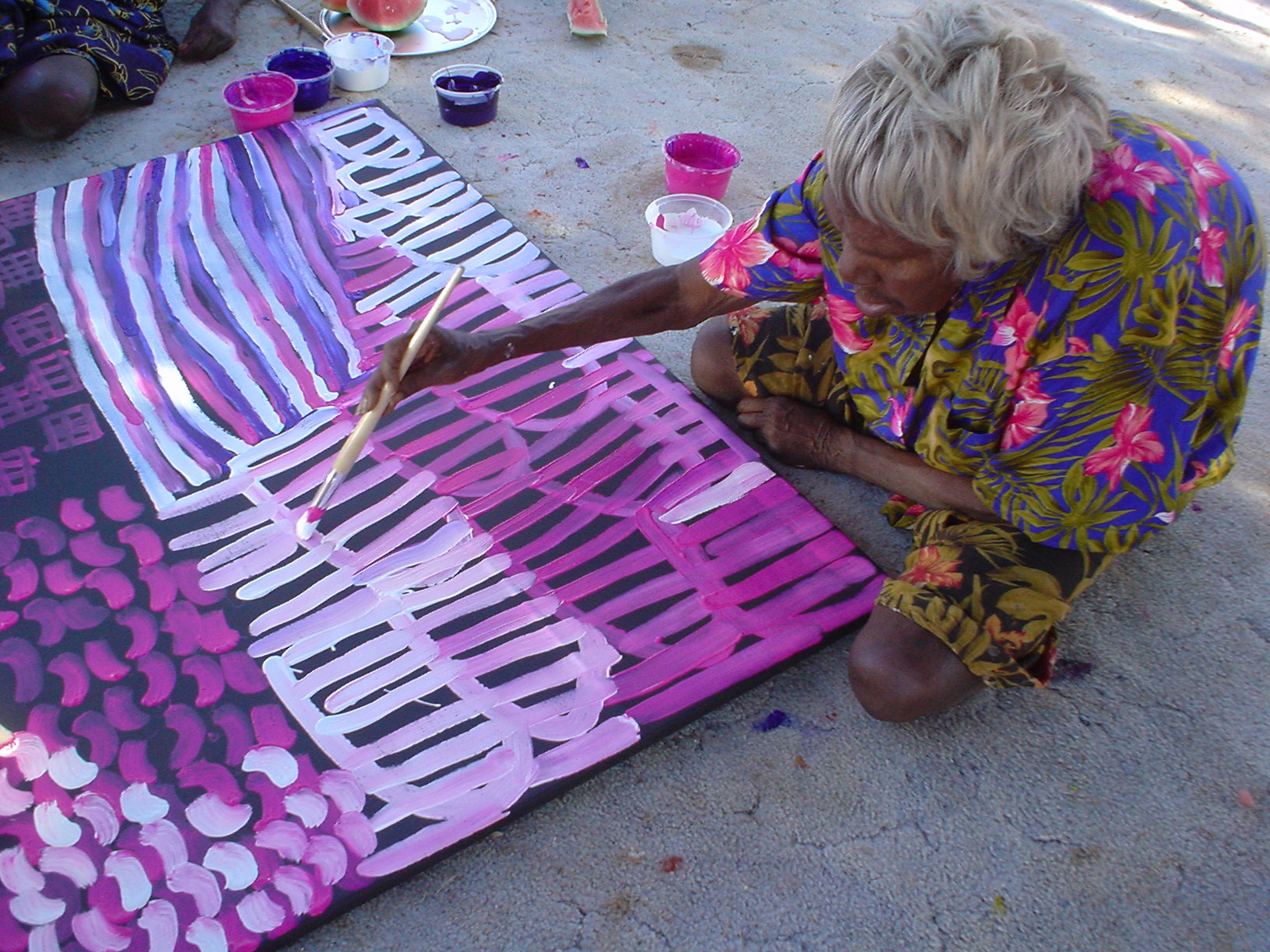
Permission is required to paint an Aboriginal dreaming
All Aboriginal artwork tells a story. Most art is based on the artist’s individual journey, which may be about their parents, warriors or daily life chores such as fishing.
Aboriginal artists cannot paint a story that does not belong to them through their family lineage. If they are seeking to paint a story concerning historical or sacred information, an artist must be given permission before he/she can proceed. It is important that each artist sticks to the stories and artistic techniques born from their tribe.
Dreamtime stories
Aboriginal people have lived in Australia for more than 50.000 years and traditionally believe that the entire world was made by their ancestors, in the beginning of time, their Dreamtime or Jukurrpa (Central Australian Aboriginal term).
Traditionally, there was no written language for Australian Aboriginal people. They passed on information to preserve their culture and future through storytelling. Storytelling played, and still plays, a vital role in Australian Aboriginal cultures. Children were told stories from a very young age, that help them understand the land, their culture and their history. These stories are still passed on and are seen as not only a cultural necessity today but also as entertainment.
Traditionally Aboriginal people told their stories by drawing them on rock walls, telling them in ceremonial events through body paint and just as important by using the sand and soil. Art is connected to story and song which then creates a space to help to pass knowledge from generation to generation. The use of symbols can be seen through all of these practices. Aboriginal Art on canvas only began about 40 years ago. Since the early 1970s Aboriginal Art has become Australia’s largest visual art industry. It has been one of the great success stories of contemporary art.
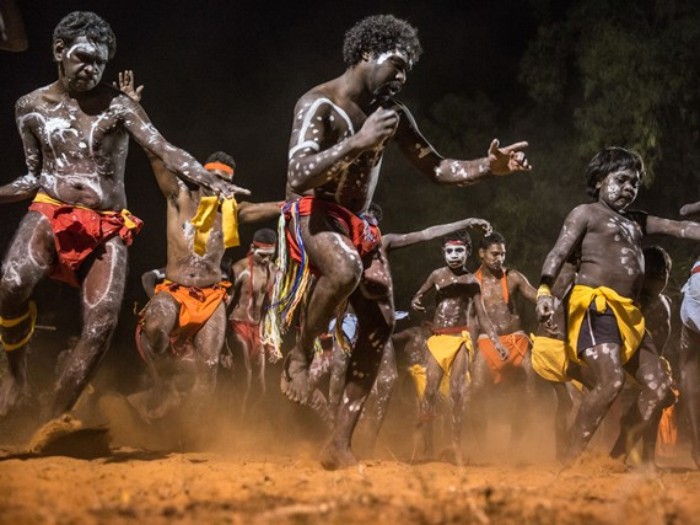
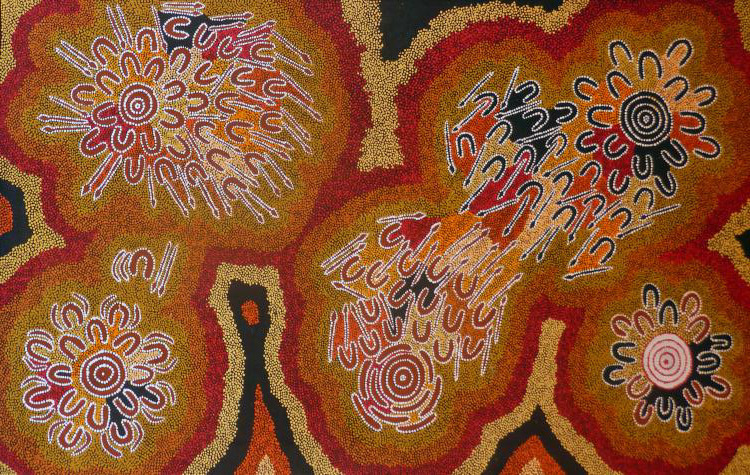
There are hidden secrets in Aboriginal dot paintings
Aboriginal art requires its own education. There is an abundance of knowledge that must be learnt before engaging with a piece of Aboriginal art. Most Australians and tourists might think it is just dots and fine lines. This is a myth. Only artists from certain tribes are allowed to adopt the dot technique. Where the artists are coming from and what culture has informed their tribe will depend on what technique can be used.
Dots were used to hide secret information: Dot painting in the main, began when the Aboriginal people became concerned that white man would be able to see and understand their sacred and private knowledge. The dots (sometimes called ‘over-dotting’) were used to obscure the secret iconography (symbols) underneath. This has morphed into the classical style, typified by artworks from the Pintupi tribe.
